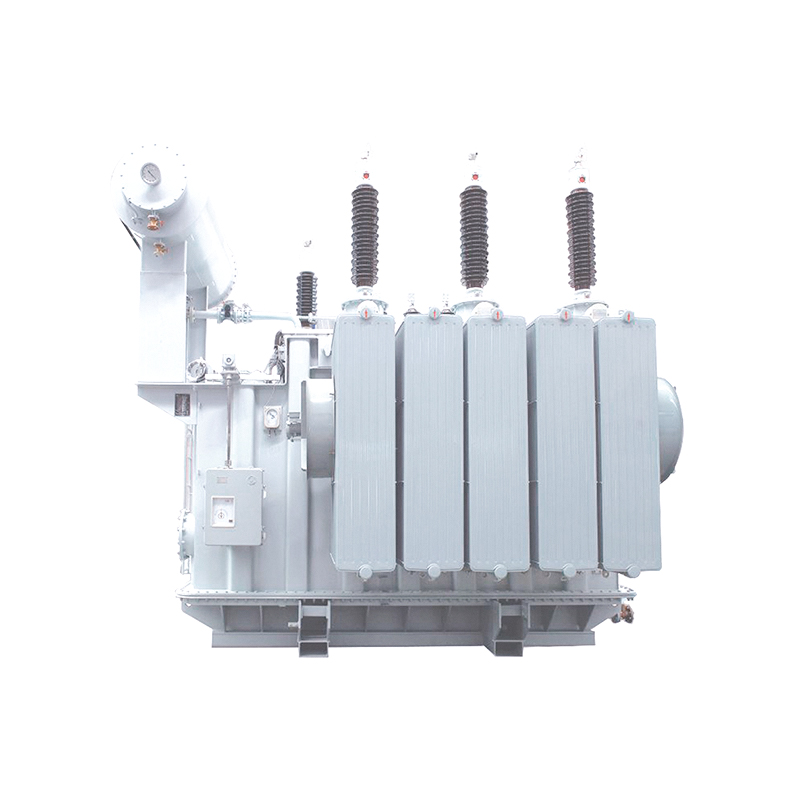50KVA Single-Phase Pole-Mounted Oil-Immersed Transformer
50KVA 34.5KV/0.48KV
See DetailsElectrical Transformers are critical components in power distribution networks, and protecting them from damage caused by lightning strikes is paramount to ensuring reliable electricity supply. The power industry employs several robust strategies to safeguard transformers against the destructive effects of lightning.
1. Lightning Arrestors (Surge Arrestors)
Lightning arrestors, also known as surge arrestors, are pivotal in protecting transformers. They are typically installed on the high-voltage side of transformers and other equipment vulnerable to lightning strikes. These devices work by diverting excessive currents induced by lightning safely to the ground. By absorbing and dissipating high-energy surges, lightning arrestors prevent these surges from reaching and damaging the transformer’s sensitive components.
2. Grounding Systems
Effective grounding systems play a crucial role in lightning protection for transformers. Grounding provides a low-resistance path for lightning currents to discharge harmlessly into the ground. Transformers are equipped with grounding electrodes and conductors strategically placed to minimize electrical potential differences and mitigate the risk of damage. Proper grounding ensures that any lightning-induced currents are safely dispersed, protecting the transformer and surrounding equipment.
3. Shielding and Insulation
Transformers are equipped with robust shielding materials and insulation systems designed to withstand high-voltage surges caused by lightning strikes. Shielding helps to direct and dissipate electromagnetic interference generated during lightning events, while insulation prevents internal breakdowns and reduces the risk of flashovers or arcing. These protective measures ensure that transformers maintain operational integrity even under severe weather conditions.

4. Isolation and Physical Protection
Physical isolation and protective measures are implemented to minimize the direct impact of lightning strikes on Electrical Transformers. Transformers are often located within substations or enclosed spaces with protective fencing or barriers. These physical barriers help to mitigate the likelihood of direct lightning strikes and reduce the risk of damage to critical infrastructure.
5. Monitoring and Early Warning Systems
Advanced monitoring and early warning systems are employed to detect and anticipate lightning activity. These systems utilize lightning detection technologies to monitor atmospheric conditions and forecast potential strikes. By providing real-time information, operators can implement proactive measures such as disconnecting transformers or activating protective devices before lightning strikes occur, thereby minimizing potential damage.
6. Maintenance and Inspection
Regular maintenance and inspection protocols are essential for ensuring the ongoing protection of transformers against lightning damage. Routine inspections identify any signs of wear, corrosion, or damage caused by previous lightning events. Maintenance activities include testing grounding systems, inspecting insulation integrity, and verifying the functionality of surge protection devices. By promptly addressing any issues, operators enhance the resilience of transformers and extend their operational lifespan.
Protecting transformers from lightning strikes involves a multi-faceted approach combining technological solutions, proactive monitoring, and stringent maintenance practices. By implementing robust lightning protection measures, the power industry ensures the reliability and resilience of transformers, safeguarding critical infrastructure and maintaining uninterrupted electricity supply to consumers.
Contact Us